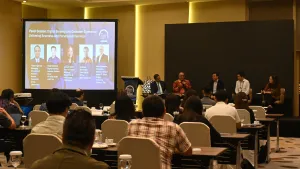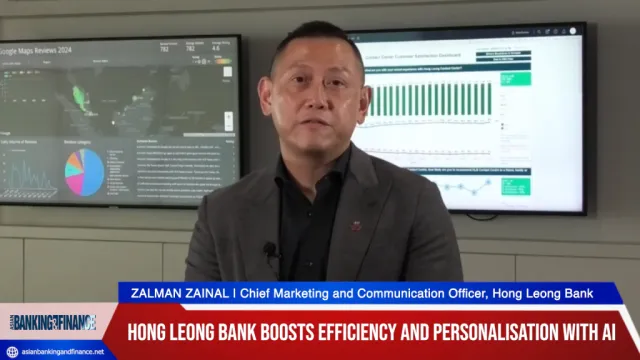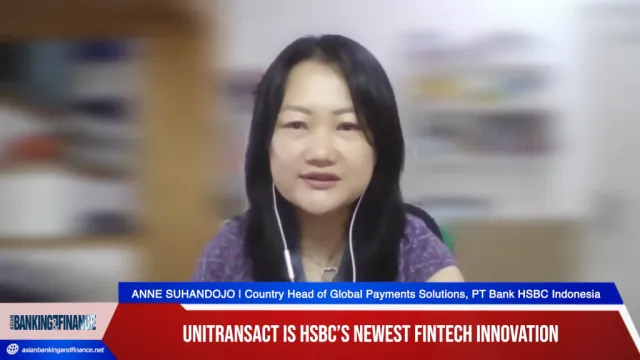
Here are 5 factors affecting the offshore RMB liquidity growth
China's credit cycle is one.
According to UBS analyst Tao Wang, the CNH liquidity is seen to expand in 2014 thanks to growing RMB trade and investment settlement. Circulation of the currency back to China for onshore use will likely also increase.
It noted top five factors affecting the offshore RMB liquidity growth
Here's more:
1. RMB appreciation expectations
RMB appreciation expectations underlie most if not all accumulation of CNH liquidity or assets.
An appreciating RMB encourages: 1) more Mainland importers to make payments to offshore suppliers in their home currency ; 2) faster offshore retail conversion of the RMB; and 3) greater offshore acceptance of RMB overseas direct investment (ODI). All these factors encourage faster CNH liquidity accumulation.
2. Moves to open new or widen existing channels for RMB cross-border flows
The Chinese leadership is intent on pushing forward the opening of China's capital account, and has made significant progress this year. The number and width of new/existing channels for RMB cross-border flows has expanded considerably, via the: 1) standardization of RMB-FDI rules;
2) near-doubling of the QFII quota to USD150bn; 3) significant loosening of RQFII rules; 4) allocation of new R-QFII quotas to London, Singapore, and Taiwan; and 5) NDRC (National Development and Reform Commission)'s granting of a RMB75bn quota to China state owned entities to issue bonds offshore.
Channels that encourage onshore-to-offshore RMB outflows do exist, such as RMB-ODI, but these outflows are overshadowed by RMB-FDI, due partly to a still underdeveloped ODI regulatory framework.
The growth and expansion of these channels make it easier for two-way RMB flows to occur between the onshore and offshore markets.
From a liquidity perspective, cross-border RMB flows still tend to impact only the CNH market, as onshore CNY liquidity (over RMB 30trn in deposits alone) significantly dwarfs offshore CNH liquidity (just over RMB1trn).
3. China's credit cycle
Onshore credit and liquidity conditions set the direction and intensity of onshore-offshore arbitrage flows.
When China's credit landscape undergoes fundamental structural shifts, as it currently is (See The New Scare: China's Rising Bond Yields, 22 November), then CNH liquidity conditions may be altered on a more permanent sustained basis.
4. Lack of attractive CNH bonds and instruments
A shortage of CNH bonds and other instruments relative to demand hinders both the efficient development of the dim sum bond market and CNH liquidity growth.
Some may argue that greater CNH product issuance could sap CNH liquidity, but we think that a shortage of attractive CNH bonds and instruments poses a more serious challenge to sustainable CNH liquidity growth.
5. Global monetary and rates development
As already highlighted, global macro developments/events are an important determinant of CNH liquidity and rates.
Given how small and highly exposed Hong Kong's economy (where around ¾ of CNH liquidity resides) is, anything that influences global EM flows inevitably affects the CNH market. In this context, CNH liquidity growth is critically underpinned by general offshore monetary and liquidity conditions too.







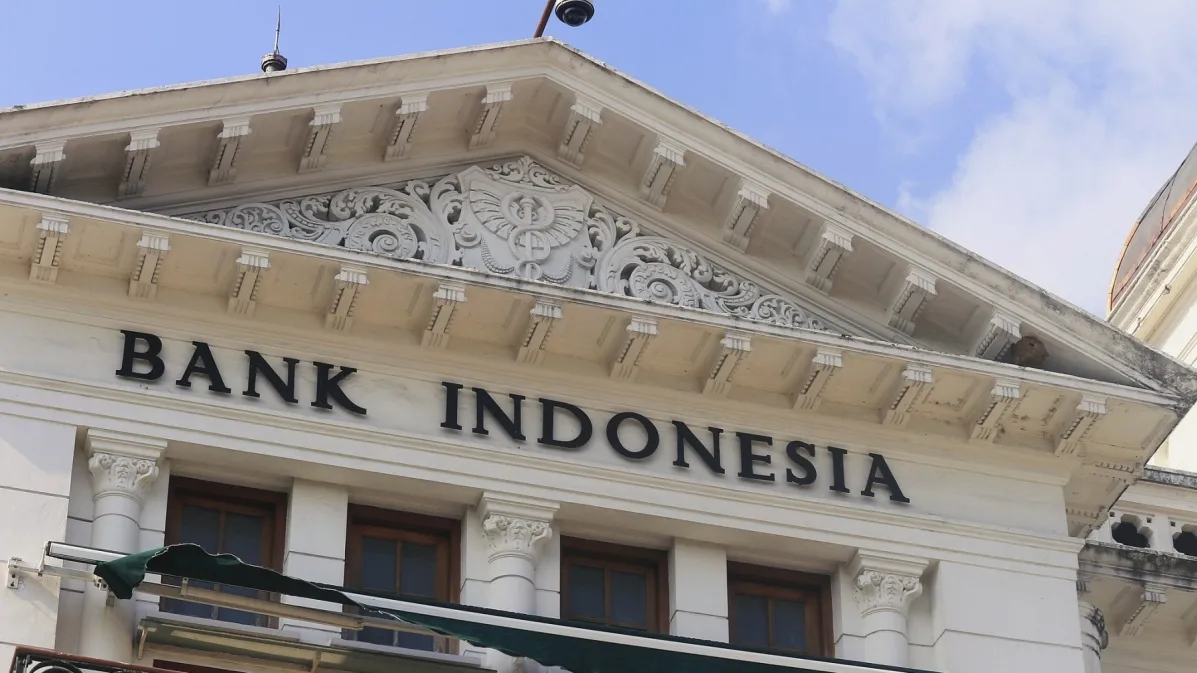
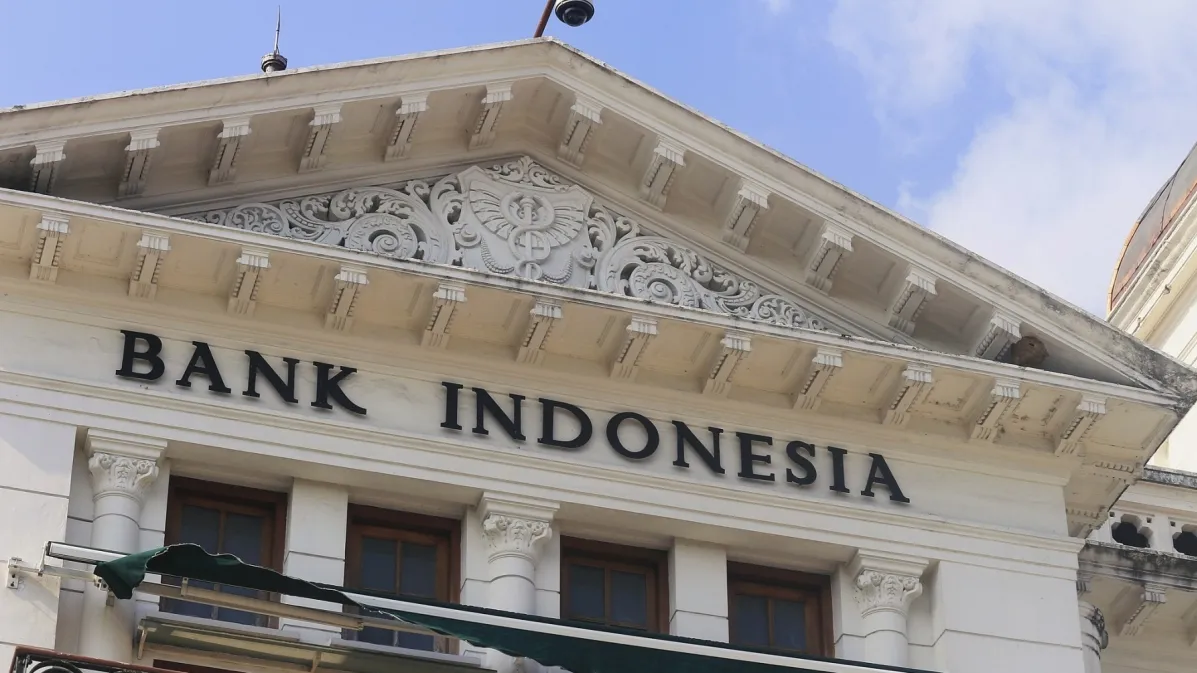


 Advertise
Advertise


